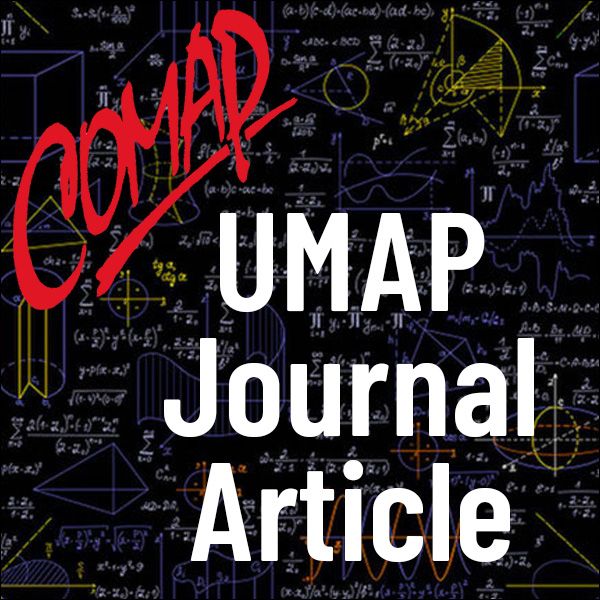A Number-Guessing Game (UMAP)
Author: Jack C. Yue, Chi-Kai Chang
On the TV show "The Price is Right," a player tries to win a new car by guessing its price. The price consists of a known number of digits (usually 5). Possibilities (hints) for each digit are revealed to the player. If the player fails to guess at least one correct digit in its correct place during a turn, the player loses. A player who eventually guesses all digits correctly wins the car. A larger hint set for each digit decreases the chance of winning. However, as we will see, increasing the number of unknown digits need not decrease it. Suppose we somehow know in advance that 1 and 2 are the most likely numerals for the first and second digits, respectively. Would it be better to choose 1 and 2 in the first guess, or to choose 1 in the first guess and to save 2 for the second guess (if there is one)? We discuss optimal strategies for when the numerals are equally likely and when they are not.
Table of Contents:
INTRODUCTION
HINT SET NUMERALS EQUALLY PROBABLE
HINT SET NUMERALS NOT EQUALLY PROBABLE
Two Digits
Three Digits or More
SOME DIGITS ARE KNOWN
It Pays to Hold Back
How Much Is It Worth to Have a Digit Revealed?
How Much Is One Extra Guess Worth?
Which Is Worth More?
ACKNOWLEDGMENTS
REFERENCES
ABOUT THE AUTHORS

Mathematics Topics:
Application Areas:
You must have a Full Membership to download this resource.
If you're already a member, login here.